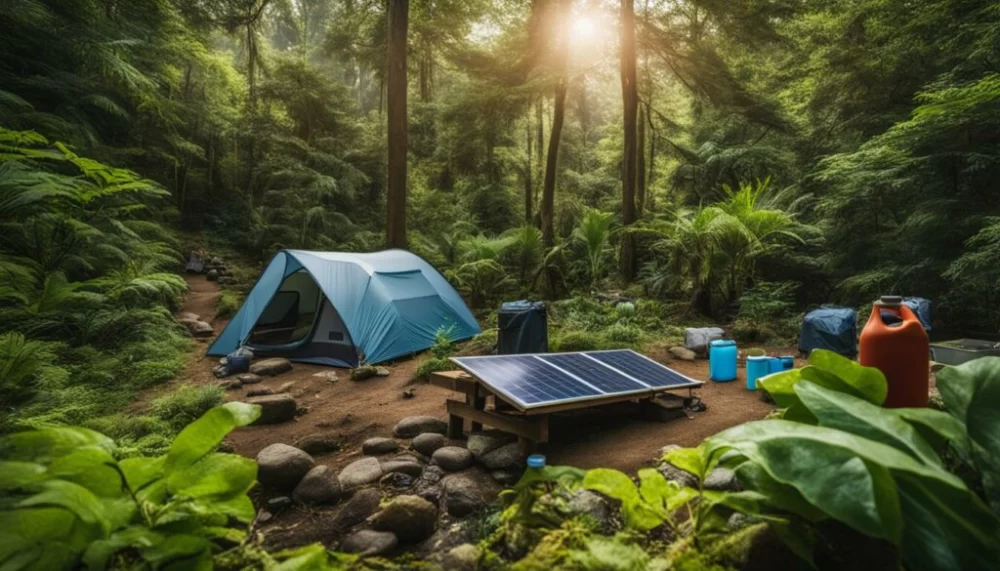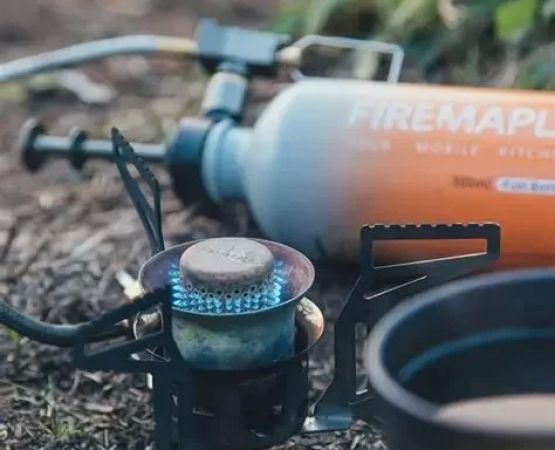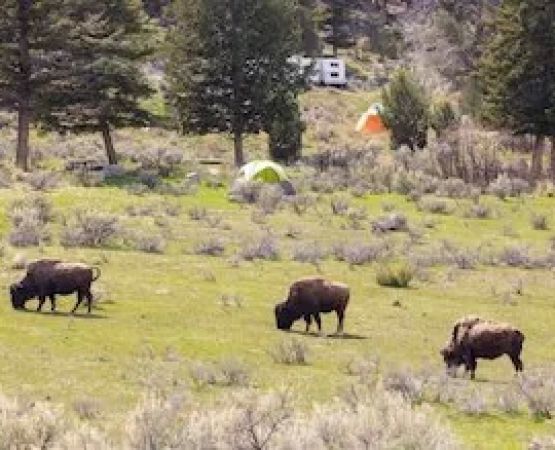The Green Choices That Changed How I Camp Forever
I used to pick campsites based on proximity to a lake or how many stars it had in a review app. That was before I realized how much my weekend getaways could impact the very nature I loved escaping to. A few years ago, I returned to a campsite I’d fallen in love with—only to find litter in the creek and scorched tree roots from someone’s campfire. That moment changed how I camp. I now make eco-friendliness my top priority when choosing where to stay, and I’ve never looked back.
1. Look for Campsites With a Proven Environmental Ethos
One of the first things I started doing was checking for a site’s sustainability certifications. It might sound small, but if a campground is taking the time to register with eco-certifying bodies, it’s a good sign that they actually care about their environmental footprint.
- Green certifications: Look for sites approved by organizations like Green Key, Eco-Camping, or LEED-rated facilities.
- On-site practices: Ask about their water use policies, renewable energy, and waste disposal methods.
- Leave No Trace principles: If they don’t just allow but actively encourage these guidelines, it’s a strong indicator of their ethos.
When I found Pine Cliff Resort and saw that they compost, recycle, use solar lights, and educate campers on low-impact practices, I knew I’d found a campsite that aligned with my values. It’s now my go-to every summer.
2. Choose Locations That Preserve Natural Habitats
Eco-friendly doesn’t just mean “off-grid.” In fact, sometimes the most remote sites can have the worst environmental impact due to lack of infrastructure. I learned this the hard way on a trip where our off-trail campsite eroded a hillside path. Since then, I’ve chosen locations that balance access with protection.
- Designated campsites over wild camping: Stick to marked areas to avoid trampling vegetation and disturbing wildlife.
- Established trails and roads: Prevent unnecessary damage to delicate terrain.
- Minimal land development: Look for sites built with nature in mind—raised tent platforms, biodegradable toilets, or natural landscaping.
One forest site I visited in Oregon had boardwalks built through mossy terrain so you could enjoy the ecosystem without damaging it. It felt immersive and responsible—a rare but beautiful combination.
3. Ask About Waste and Water Management
The dirtiest part of camping isn’t mud—it’s the waste we leave behind. I’ve seen trash bags hanging from trees, abandoned diapers, even disposable grills left in fire rings. Eco-conscious sites usually have systems to prevent this, and I make it a point to ask.
- Recycling and composting: Ask if they provide bins and educate guests.
- Graywater systems: Some advanced camps filter dishwater and shower runoff to protect local ecosystems.
- Pack-it-in-pack-it-out policies: A good indicator the site limits its waste footprint.
At Pine Cliff Resort, they have a zero-waste zone with compost drop-offs and recycling clearly marked by color-coded bins. It’s amazing how little trash we generate when the setup supports sustainability.
4. Support Sites That Give Back to the Environment
Camping on eco-friendly land is one thing. Supporting places that reinvest in conservation is another. I now look for sites that actively support reforestation, wildlife rehabilitation, or education programs.
- Reforestation or habitat restoration: Some sites partner with local orgs or run tree-planting weekends.
- Local sourcing: Using local wood, food, and services reduces their carbon footprint.
- Community involvement: Sites that hire local staff and work with nearby businesses create positive ripple effects.
I once camped at a small family-run eco-lodge that donated 5% of every booking to a fund protecting nearby wetlands. It felt good knowing my trip directly contributed to preserving the land I was enjoying.
5. Consider Transportation and Accessibility
I used to think the longer the drive, the better the escape. But those miles add up environmentally. Now I factor in the carbon impact of getting to my campsite and choose options that allow for lower-impact travel.
- Closer to home: A two-hour drive beats a cross-country haul when it comes to emissions.
- Bike or public transit access: Some progressive campgrounds are right off cycling routes or bus lines.
- Carpooling or shuttle systems: Larger sites sometimes offer shared transportation for guests.
During a recent trip to Pine Cliff Resort, I teamed up with another family and we carpooled in one SUV instead of two. Not only did it cut emissions—it turned the ride into part of the adventure.
6. Observe Wildlife and Natural Areas Respectfully
Part of being an eco-friendly camper means choosing sites that actively protect the wildlife you’re there to see. I look for places that have clear policies about animal interactions, pet control, and environmental education.
- No feeding zones: Feeding wildlife disrupts ecosystems.
- Quiet hours and minimal lighting: Protects nocturnal animals and helps stargazers too.
- Interpretive signage or guided walks: Education is part of conservation.
One night I saw a fox skitter across our path just outside our tent at Pine Cliff Resort. Because the site has low-impact lighting and quiet hours, the wildlife stays undisturbed and still visible. It was a magical moment we’d never have had in a noisy, overly lit campground.
7. Read Reviews From Other Eco-Minded Campers
Word of mouth is powerful. While official certifications matter, nothing beats hearing from other eco-conscious travelers who’ve been there. I always check reviews not just for amenities but for how well a site respects the environment.
- Check for keywords: “Sustainable,” “clean,” “quiet,” “wildlife,” and “responsible” usually mean something.
- Note how they handle crowds: Good eco-sites limit overuse with reservation systems or caps on numbers.
- See if they follow through: A site may claim eco-friendly practices, but reviews will tell you if they’re actually enforced.
When I stumbled across Pine Cliff Resort online, it had dozens of five-star reviews mentioning clean trails, animal sightings, and friendly staff who care about the environment. That sealed the deal—and the trip lived up to every word.
Now every time I plan a trip, I make sure my destination is doing its part. We don’t have to choose between loving nature and preserving it. With the right choices, we can do both. If you're looking for an unforgettable stay that also supports sustainable travel, I can’t recommend Pine Cliff Resort enough. It’s where eco-values meet the best of the great outdoors.







